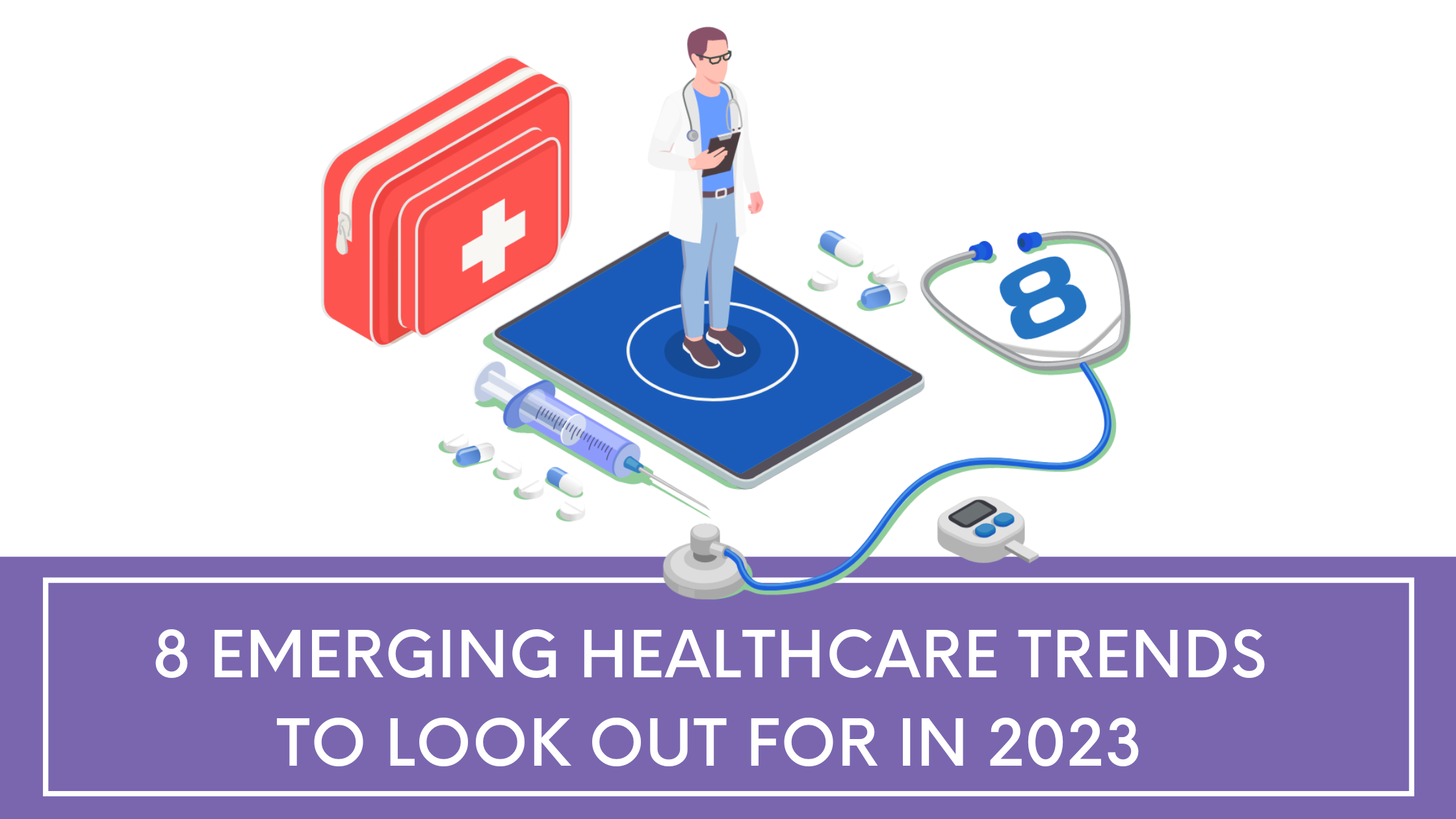The landscape of healthcare is growing at an unprecedented pace, driven mostly by technological advancements. Among Health Knowledge Sharing , telemedicine sticks out as the transformative force, guaranteeing to make health-related more accessible, effective, and personalized. While we look towards the future, it’s essential to explore both innovative strides being made and typically the challenges that must be tackled to fully know the potential regarding telemedicine.
Innovations Shaping the Future regarding Telemedicine
Artificial Cleverness and Machine Understanding
AI and machine learning are revolutionizing telemedicine by enhancing diagnostic accuracy in addition to personalizing patient attention. Advanced algorithms can easily analyze vast quantities of data from medical records, wearable devices, and imaging studies to give more precise diagnoses and treatment recommendations. AI-driven chatbots and virtual assistants are usually also improving patient engagement by offering immediate responses to healthcare queries and efficiency appointment scheduling.
Distant Monitoring and Wearable Technology
Wearable products and remote supervising tools are becoming more and more sophisticated, enabling current tracking of crucial signs and health and fitness metrics. From smartwatches that monitor cardiovascular rate and ECG to glucose monitors and sleep trackers, these technologies permit continuous health supervising outside traditional clinical settings. This data can be crucial for managing chronic conditions and preventing emergencies.
Augmented Actuality (AR) and Digital Reality (VR)
KVADRATMETER and VR systems are opening fresh frontiers in telemedicine. Surgeons can use AREAL to overlay essential information during procedures, enhancing precision in addition to safety. VR is usually being explored regarding medical training and even patient rehabilitation, offering immersive experiences which could aid in both learning and treatment.
Blockchain for Health and fitness Data Security
Blockchain technology is gaining attention for it is potential to safeguarded health data and be sure privacy. By generating immutable records plus decentralized systems, blockchain can help safeguard patient information by unauthorized access and even fraud, fostering trust in telemedicine websites.
Healthcare Networking are evolving to be able to include comprehensive features such as integrated electronic health documents (EHRs), video services, prescription services, and even even virtual diagnostics. These platforms usually are designed to give a seamless expertise for both sufferers and providers, generating telemedicine more effective and user-friendly.
Challenges Facing Telemedicine

Regulatory and even Legal Issues

The regulatory landscape for telemedicine is complicated and varies significantly across regions. Problems such as licensure requirements, cross-border care, and reimbursement guidelines pose significant issues. Navigating these restrictions can be cumbersome with regard to healthcare providers and can impact the delivery and availability of telemedicine companies.
Data Privacy in addition to Security
Using the surge of digital health and fitness records and telemedicine platforms, ensuring info privacy and safety is a essential concern. Cybersecurity dangers and data breaches can compromise affected person information, leading in order to a loss involving trust and potential legal repercussions. Dealing with these concerns needs robust security steps and ongoing vigilance.
Digital Divide and even Accessibility
Despite the expansion of telemedicine, right now there remains a considerable digital divide that affects many individuals, particularly those in underserved or non-urban areas. Fashionable Healthcare Apparel to dependable internet, smartphones, and digital literacy can be barriers in order to telemedicine adoption. Linking this divide is vital to ensure that the benefits involving telemedicine are impartialy distributed.
Quality involving Care and Individual Encounter
Maintaining higher standards of care in the virtual environment could be challenging. Problems including the inability to be able to perform physical assessments and the constraints of virtual consultation services can impact classification accuracy and patient outcomes. Ensuring of which telemedicine services give quality care in addition to a satisfactory individual experience requires constant refinement and version.
Integration with Classic Healthcare Systems
Adding telemedicine with current healthcare systems in addition to workflows can always be complex. Challenges consist of coordinating between real time and virtual proper care, ensuring continuity regarding care, and controlling the interoperability of different health THIS systems. Effective the use is crucial for creating a cohesive health care experience.
Looking In advance
The future involving telemedicine is shiny, with continued breakthroughs promising to improve healthcare delivery in addition to access. Innovations in technology are growing the possibilities associated with telemedicine, making this a valuable element of modern healthcare. Even so, addressing the problems that accompany these types of advancements is every bit as important to ensure that telemedicine can reach the full potential.
While we move ahead, collaboration among technology developers, healthcare providers, regulators, and policymakers will probably be key to overcoming these obstacles and shaping the future where telemedicine is accessible, secure, and effective with regard to everyone. By navigating these challenges thoughtfully and embracing the particular opportunities that occur, we can anticipate a future in which telemedicine plays a pivotal role inside transforming healthcare.
